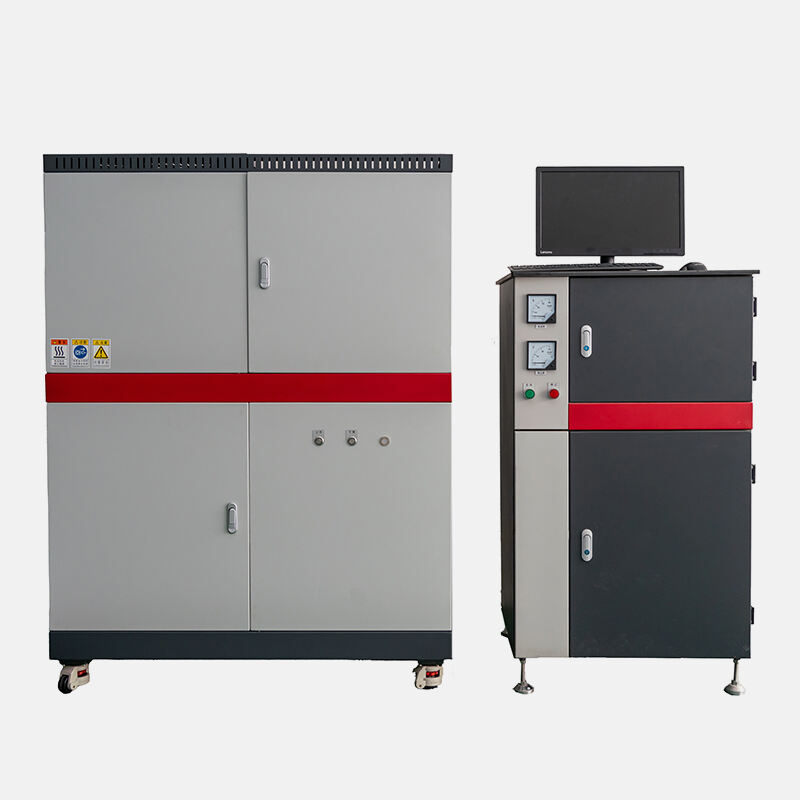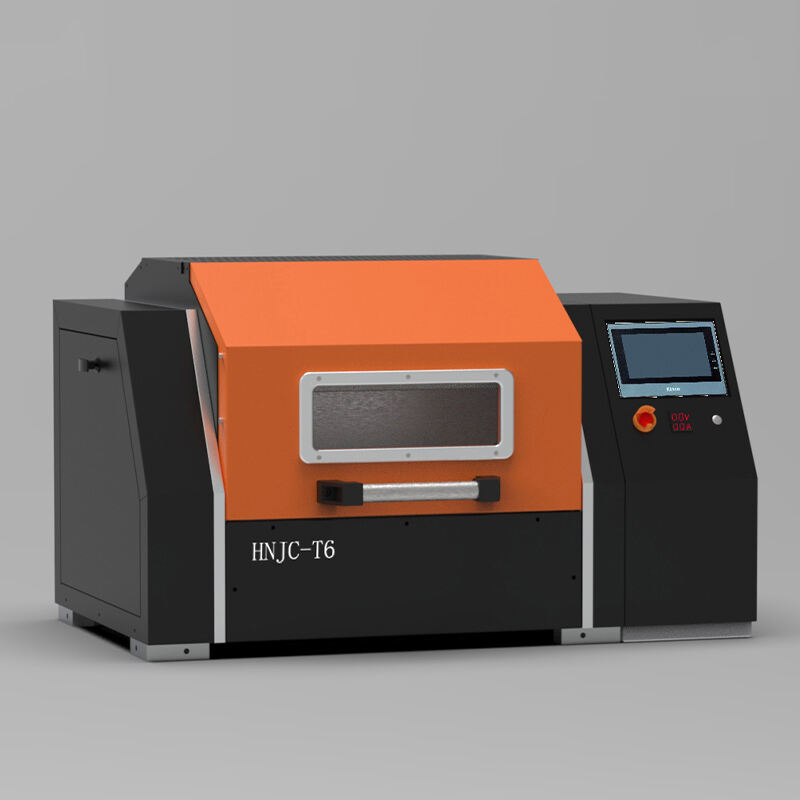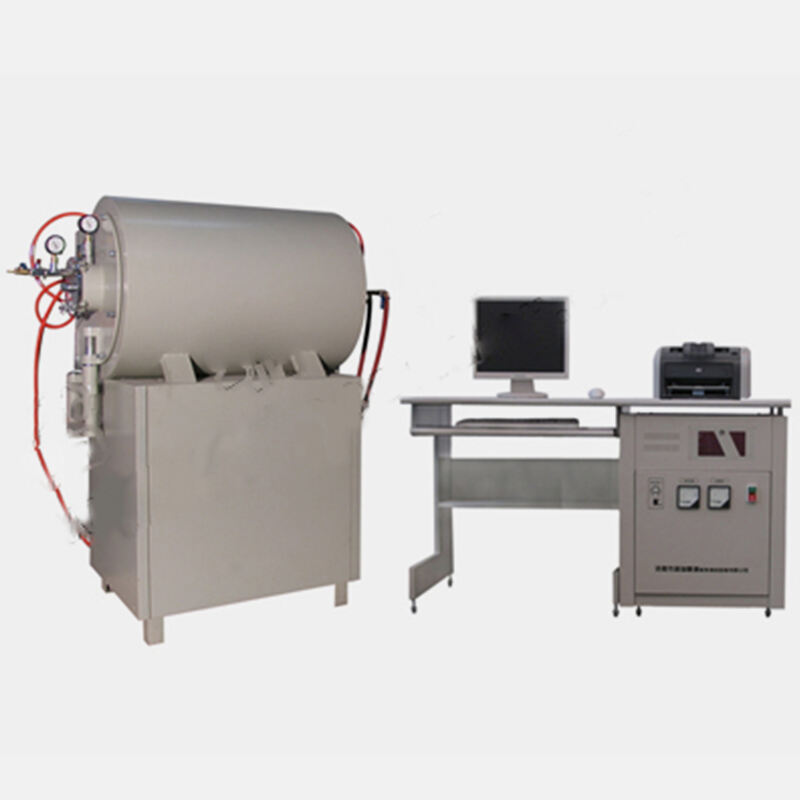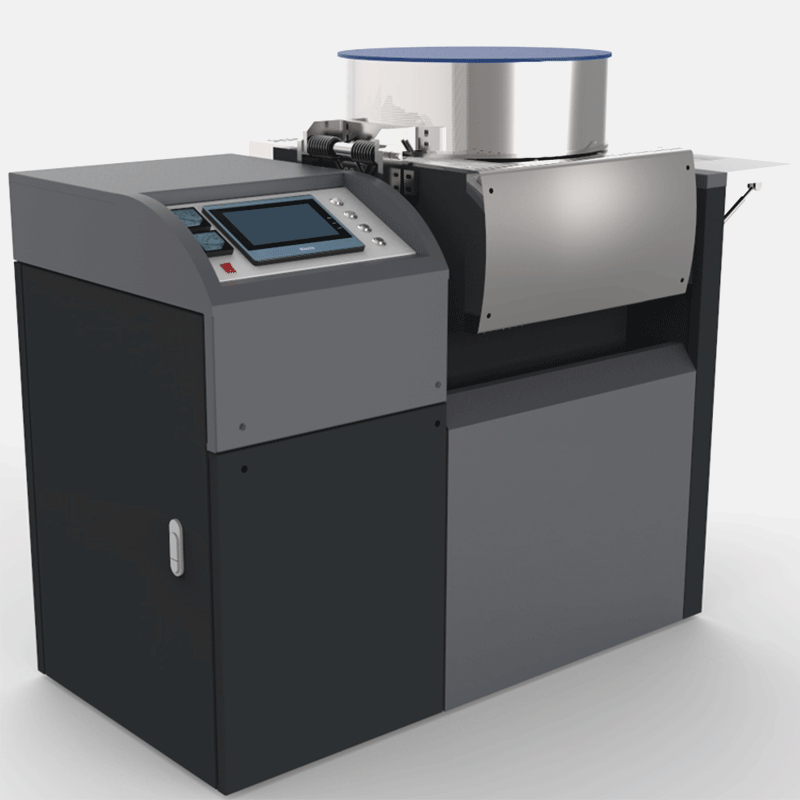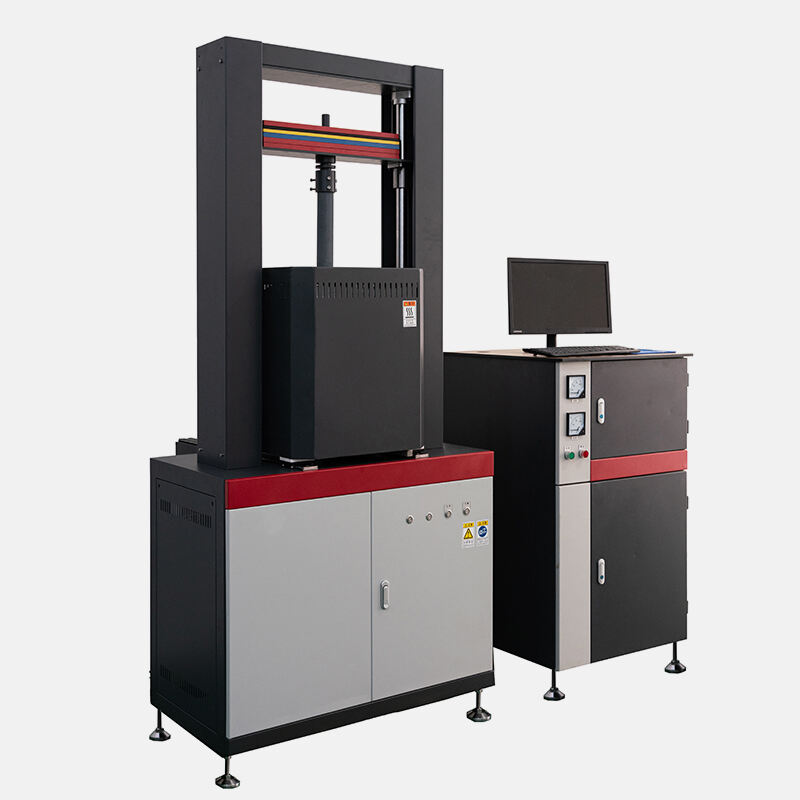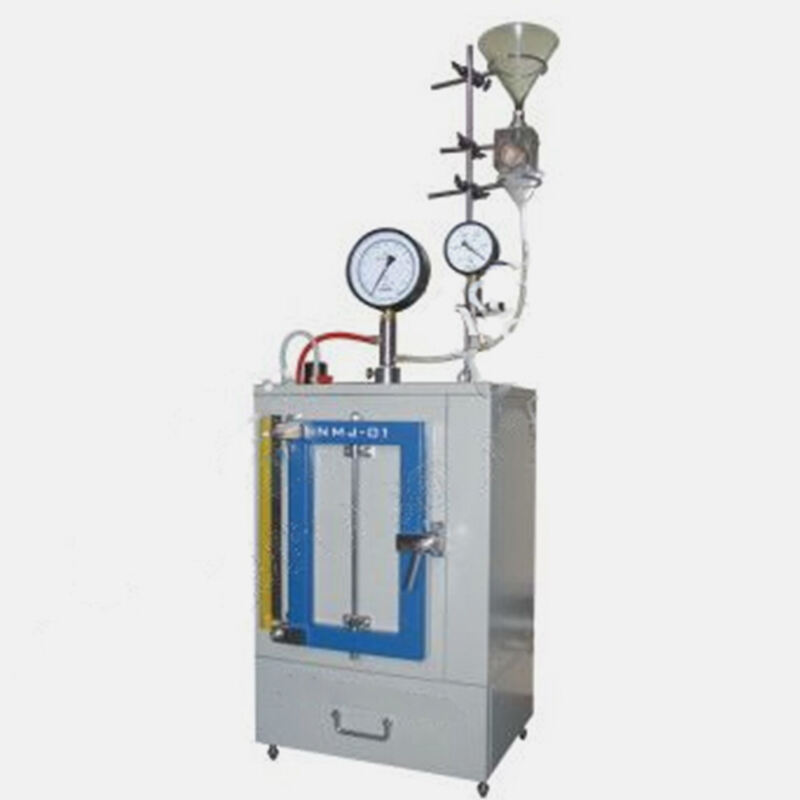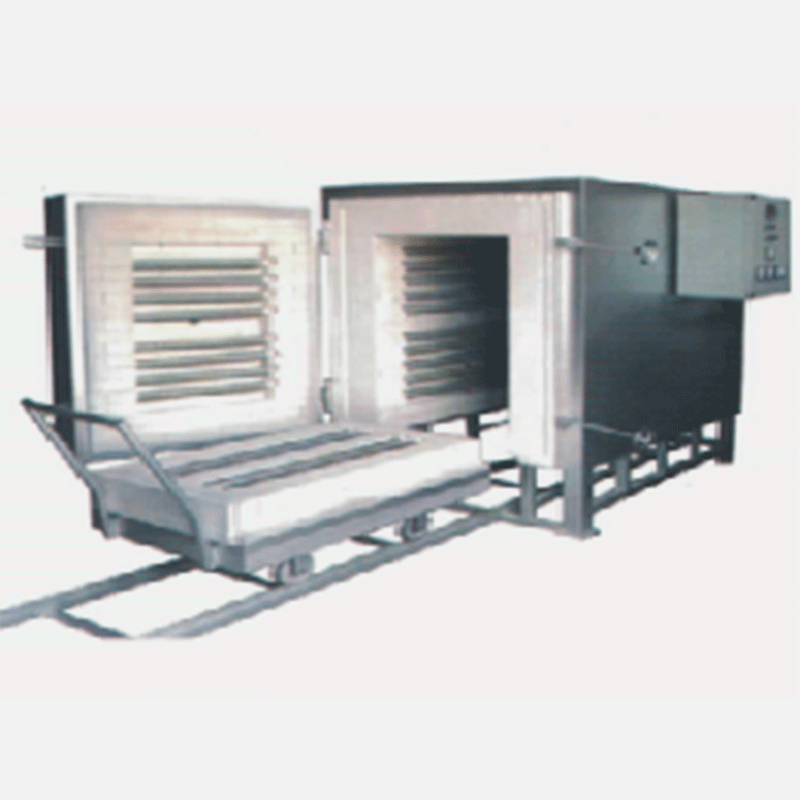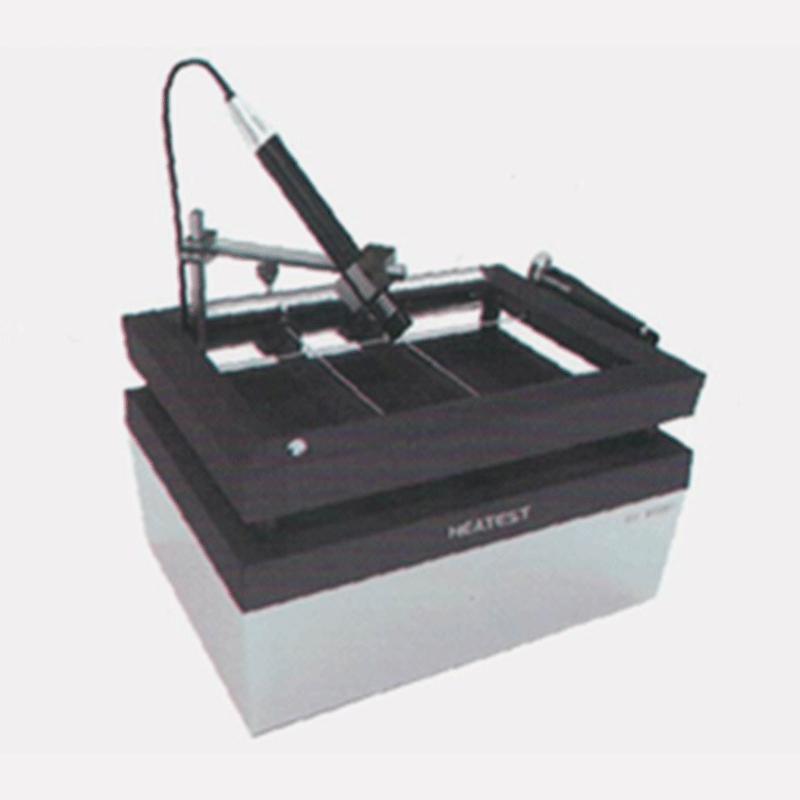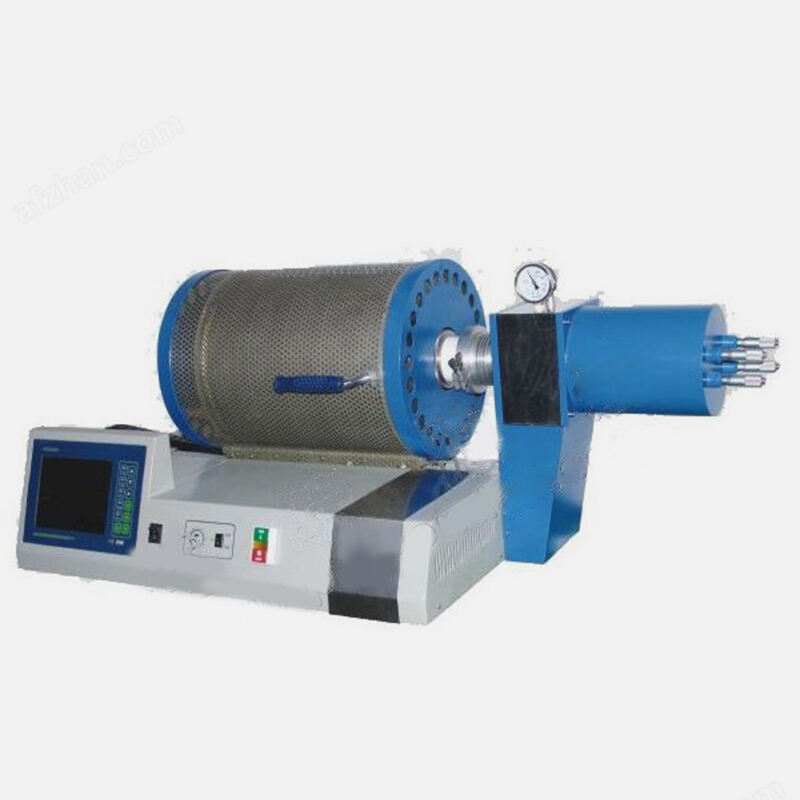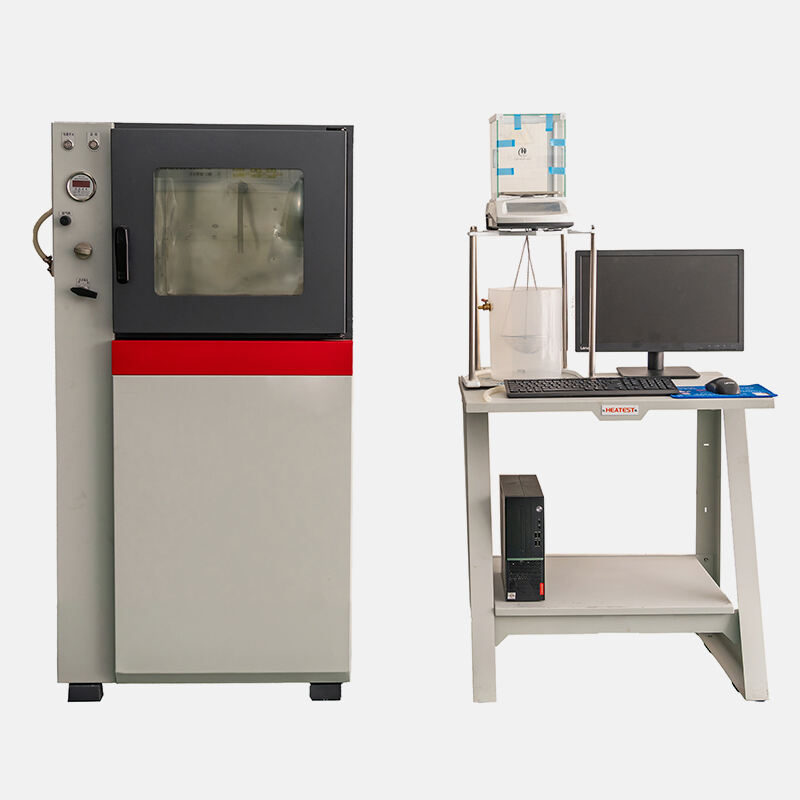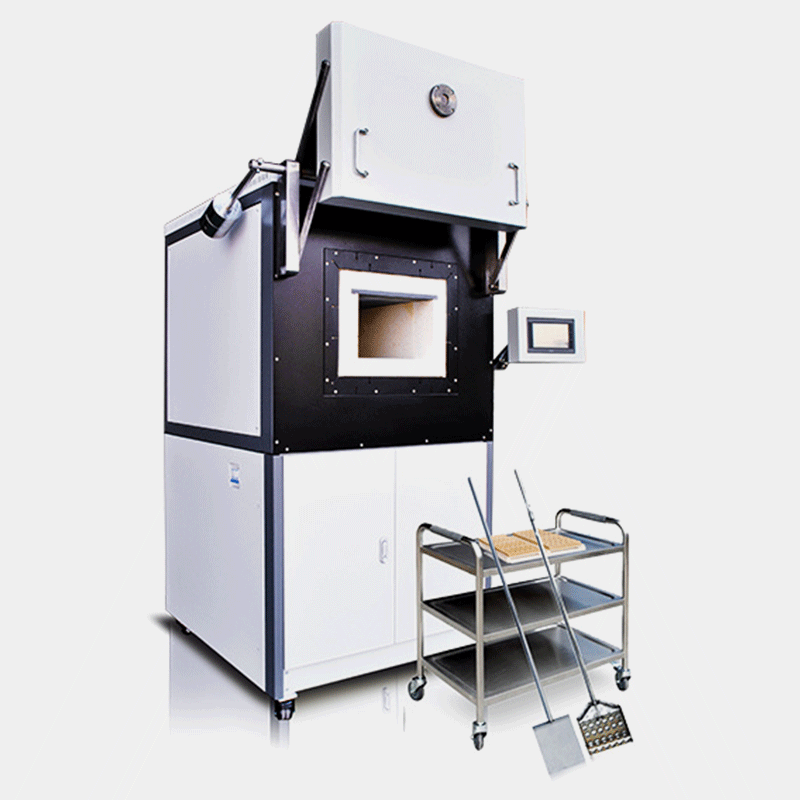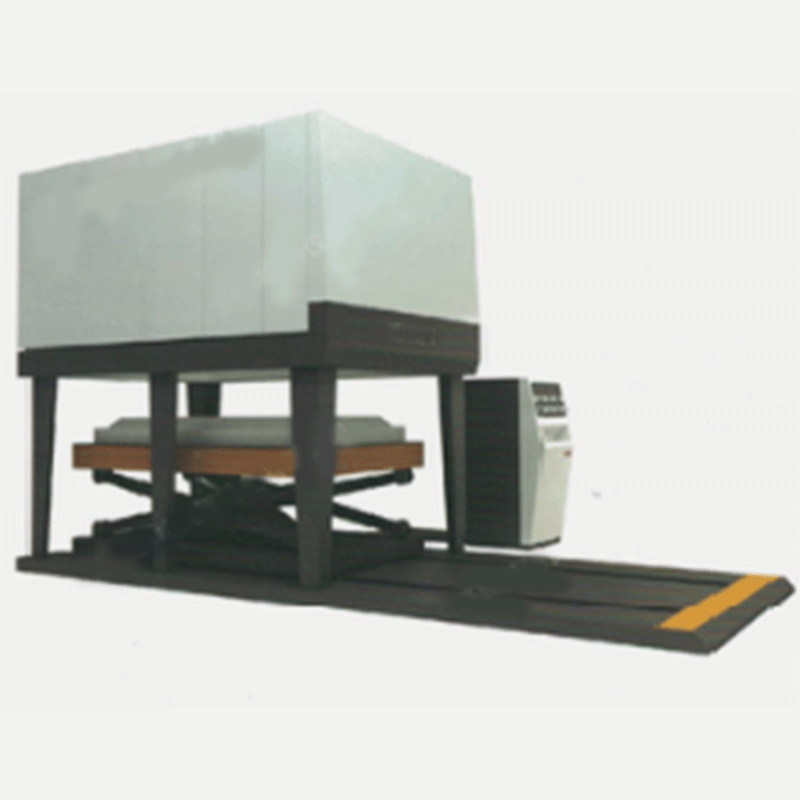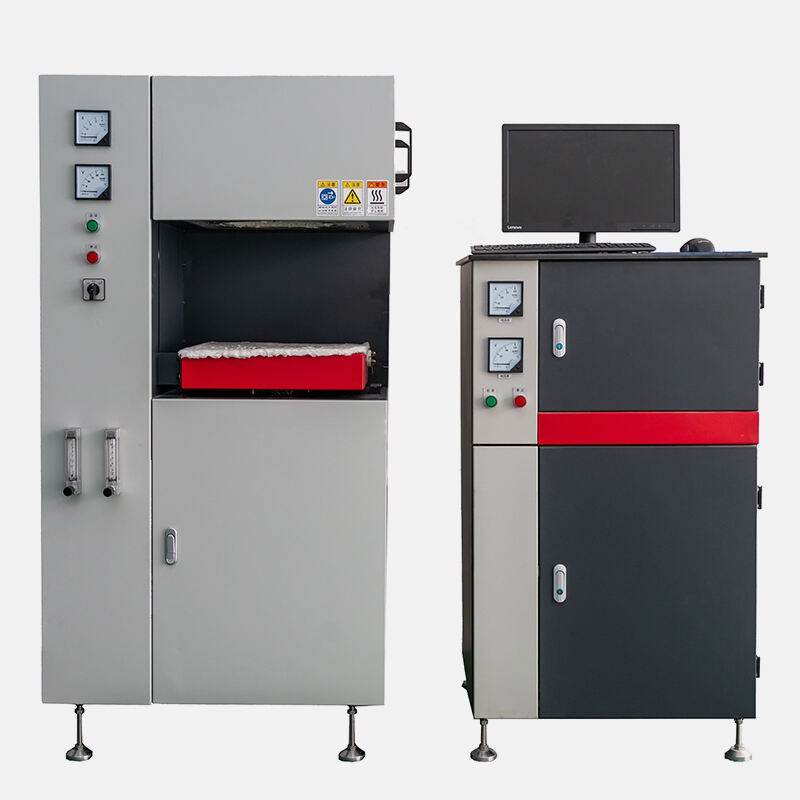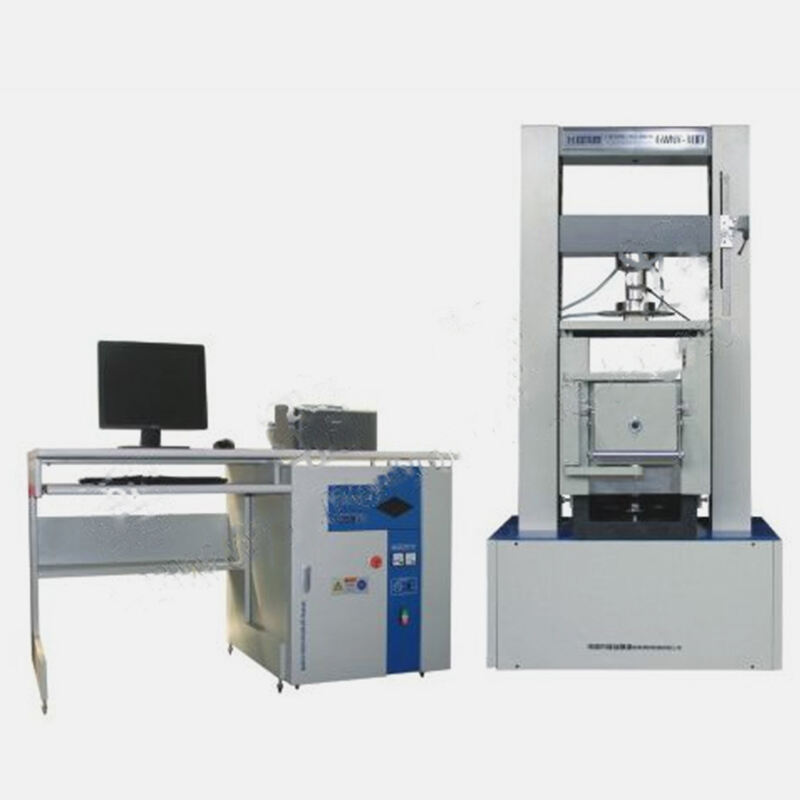How to choose a muffle furnace suitable for high temperature annealing?
When choosing a muffle furnace for high temperature annealing, there are several key factors to consider to ensure it meets your experimental or production needs. Here are some specific selection recommendations:
1. Temperature range and accuracy
Temperature range:
Select the maximum operating temperature of the muffle furnace according to the high temperature range required for the experiment or annealing process. Generally, the upper limit temperature of the muffle furnace should be 100~200℃ higher than the actual use temperature to ensure sufficient temperature margin and stability.
For example, if the experiment needs to reach 1200℃, a muffle furnace that can easily reach and maintain this temperature should be selected.
Temperature control accuracy:
For experiments or annealing processes that require strict temperature control, a muffle furnace with high-precision temperature control needs to be selected.
High-precision temperature control helps reduce temperature fluctuations and improve the accuracy and repeatability of experiments.
2. Furnace size and material
Furnace size:
Determine the appropriate volume of the furnace according to the number and size of samples in each experiment and the size of the experimental equipment.
The furnace volume is generally more than 3 times the total volume of the sample to ensure that the sample can be fully heated and avoid mutual interference.
Furnace material:
Common furnace materials include ceramic fiber and refractory bricks.
Ceramic fiber material has the advantages of light weight, soft texture and good thermal insulation performance, and is a common choice for high-temperature annealing muffle furnaces.
Although refractory bricks are heavy and hard, their thermal insulation performance is average and they are not as commonly used as ceramic fiber materials.
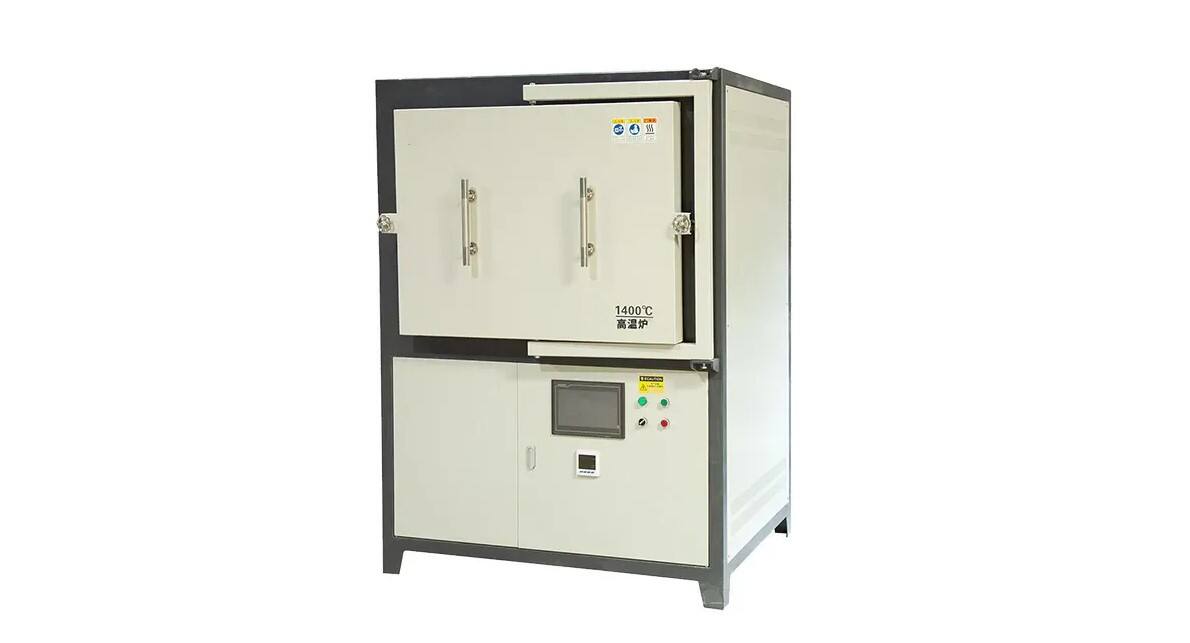
3. Heating method and heating rate
Heating method:
Choose a suitable heating method according to the needs of the experiment or annealing process.
Electric heating is usually easier to control and clean, and is suitable for most high-temperature annealing experiments.
Gas heating may be suitable for large-scale experiments that are more cost-sensitive, but attention should be paid to its safety and control difficulty.
Heating rate:
Choose a suitable heating rate according to the experimental process and efficiency requirements.
Rapid heating helps to shorten the experimental time and improve the experimental efficiency. However, it should be noted that a too fast heating rate may cause thermal shock to the sample or affect the annealing effect.
4. Atmosphere control and safety
Atmosphere control:
If the experiment requires a specific atmosphere environment (such as inert gas, reducing gas, etc.), you need to choose a muffle furnace with atmosphere control function.
The atmosphere control function helps ensure that the experiment is carried out under the required atmosphere conditions, improving the accuracy and reliability of the experiment.
Safety:
Ensure that the muffle furnace has safety devices such as overheat protection and leakage protection to ensure the safety of the experimenters.
Choose a muffle furnace with good heat dissipation performance and stable operation to reduce failures and safety hazards.
V. Brand and after-sales
Brand:
Choosing a brand usually guarantees the stability of product quality and performance.
Brands usually have stronger strength and guarantee in technology research and development, production and manufacturing, and after-sales service.
After-sales:
Good after-sales service can be solved in time when equipment problems occur, ensuring the smooth progress of the experiment.
Choose a supplier that provides comprehensive after-sales service (such as repair, maintenance, training, etc.) to reduce the risks and costs during the use of the equipment.
In summary, the selection of a muffle furnace suitable for high-temperature annealing requires comprehensive consideration of multiple factors such as temperature range and accuracy, furnace size and material, heating method and heating rate, atmosphere control and safety, and brand and after-sales. By fully evaluating these factors, you can ensure that the selected muffle furnace meets the needs of the experiment or annealing process and improve the accuracy and efficiency of the experiment.
Recommended Products
Hot News
-
The trusted choice of African mining giants! Nanyang JZJ Testing injects refined "core power" into Zimbabwe's gold mining industry.
2025-12-08
-
Working principle and application range of ambient temperature abrasion tester
2025-11-07
-
The main reagents used in fire assay and their functions
2025-10-13
-
Let you know about fire assay ash blowing furnace
2025-09-23
-
Refractoriness under load (RUL) and creep in compression (CIC) testing machine common troubleshooting
2025-08-25
-
How to use X-ray fluorescence fusion machine in refractory industry?
2025-08-18
-
What materials are suitable for high temperature muffle furnace testing?
2025-08-14
-
Working together to create a better future: Indian partner Ants Prosys visits JZJ Testing's production base
2025-08-04
-
Automatic mold melting machine - innovative equipment to improve experimental efficiency
2025-07-22
-
Operation method and precautions of high temperature expansion instrument
2025-07-14

 EN
EN
 AR
AR
 BG
BG
 FR
FR
 DE
DE
 HI
HI
 IT
IT
 PL
PL
 PT
PT
 RU
RU
 ES
ES
 TL
TL
 IW
IW
 ID
ID
 UK
UK
 VI
VI
 TH
TH
 TR
TR
 FA
FA
 MS
MS
 UR
UR
 BN
BN
 KM
KM
 LO
LO
 PA
PA
 MY
MY
 KK
KK



